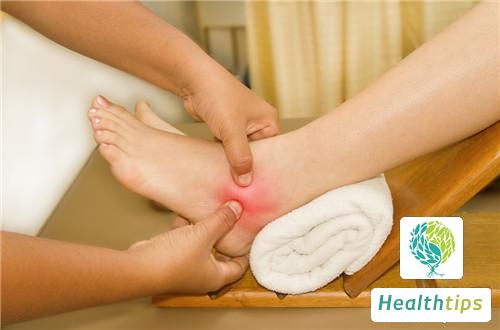If we are not careful or use excessive force, our joints may be sprained, which can lead to ligament damage. Generally speaking, when the ligament is injured, there will be redness, swelling, and pain in the joint area. To relieve these symptoms, in addition to medication, physical therapy can also be used to reduce swelling. When encountering ligament damage, it is important to rest and avoid putting pressure on the joint.
 Ligaments connect bones to bones and are distinct fibrous tissues. They can be attached to the surface of bones or fused with the outer layer of joint capsules to strengthen the stability of joints and prevent damage. When excessive force is applied, causing non-physiological activities, the ligament may be stretched beyond its tolerance, resulting in injury. Partial ligament damage without causing joint dislocation is called a sprain. Complete rupture of the ligament can also tear off the bone at its attachment site, leading to potential joint dislocation, subluxation, or complete dislocation.
Ligaments connect bones to bones and are distinct fibrous tissues. They can be attached to the surface of bones or fused with the outer layer of joint capsules to strengthen the stability of joints and prevent damage. When excessive force is applied, causing non-physiological activities, the ligament may be stretched beyond its tolerance, resulting in injury. Partial ligament damage without causing joint dislocation is called a sprain. Complete rupture of the ligament can also tear off the bone at its attachment site, leading to potential joint dislocation, subluxation, or complete dislocation.
Causes of ligament damage include:
1. Vigorous exercise: Although ligament injuries are more likely to occur during vigorous activities such as sports competitions, dancing, and acrobatics, they can also be caused by accidents such as car accidents and falls from heights in daily life.
2. External forces: When there is non-physiological movement in a certain direction, the ligament that restricts the movement of the knee joint in that direction will be the first to be affected. When the knee joint is in a flexed position and subjected to external rotation and abduction, as well as violence from the outside, the main injured structures are the medial capsular ligament and the medial collateral ligament. In severe cases, the anterior cruciate ligament and the medial meniscus may also be involved. This is the most common type of injury. When the knee joint is in a straight, adducted, and internally rotated position, and excessive extension is caused by violence from the front, the lateral structures and posterior cruciate ligament are often injured. In severe cases, the common peroneal nerve may be damaged, and sometimes a tibial condylar fracture may occur. Sudden violence to the tibia in a flexed knee position, causing it to move backward or forward, can lead to ruptures of the posterior cruciate ligament, the anterior cruciate ligament, or the medial collateral ligament. Ligament injuries in the knee joint are commonly seen in football, basketball, skating athletes, and movers.




















